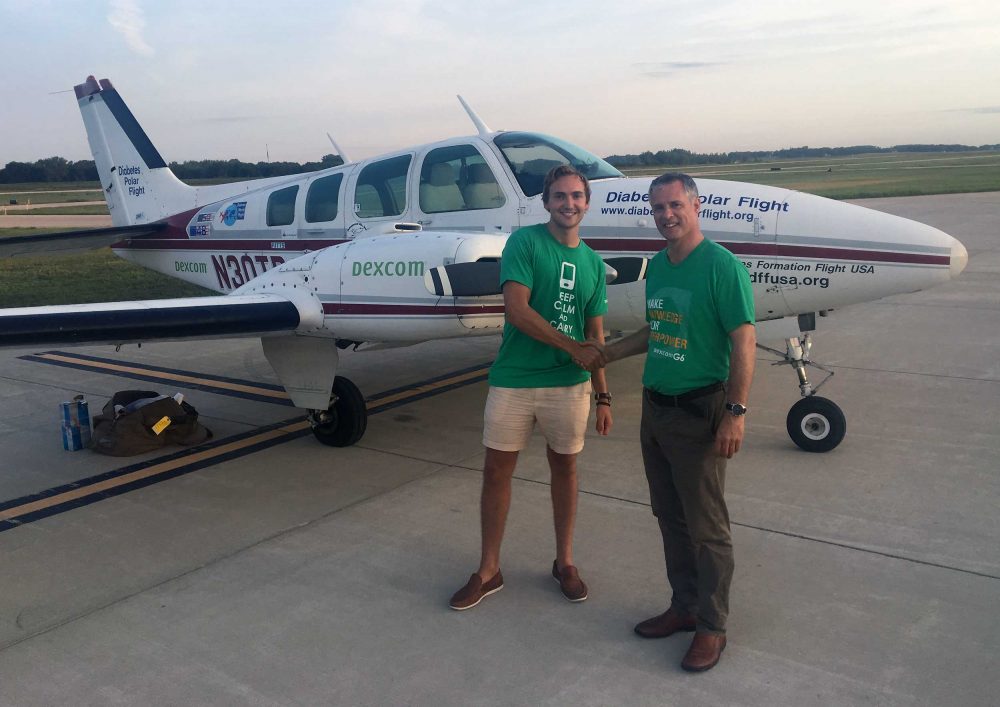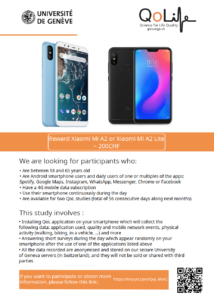

Accuracy of carbohydrate counting can be further limited by low nutritional literacy and poor numeracy skills. Estimating carbohydrate intake can be difficult when the portions of food being consumed are not the same as those listed in an exchange system or on the food label, requiring youth to adjust the carbohydrate count to the appropriate portion size. Carbohydrate counting often requires multiple training sessions with experienced dietitians or educators and ongoing efforts by patients and families to maintain competency. It has been reported that only a quarter of youth can routinely count carbohydrates within 10 g of the true net carbohydrate value, even for commonly eaten foods and that carbohydrate counting is a barrier to diabetes management. Among adults with type 1 diabetes, a meta-analysis of 5 studies showed that HbA 1c levels improved by an average of 0.6% with improved carbohydrate counting.ĭespite its importance, up to two-thirds of individuals with diabetes report having trouble with carbohydrate counting. For example, in one study focused on parents of children with type 1 diabetes, more accurate parental carbohydrate counting was associated with 0.8% lower HbA 1c values in their children. Carbohydrate counting allows individuals with type 1 diabetes to match their insulin doses to planned food consumption, and accurate carbohydrate counting can improve blood glucose control (measured by hemoglobin A 1c HbA 1c). Among these factors, insulin administration remains the cornerstone of type 1 diabetes management, but its optimal dosing is often complicated by the need to count carbohydrates.

The management of diabetes in youth is complex and impacted by numerous factors including numeracy skills, education, socioeconomic status, family dynamics, engagement with treatment regimens, and use of technologies such as pumps and continuous sensors. Type 1 diabetes is among the most common chronic diseases of childhood, and its incidence is rising. Further testing is needed, but iSpy may be a useful adjunct to traditional diabetes management. Moreover, 43% (9/21) of iSpy participants were still engaged, with usage at least once every 2 weeks, at the end of the study.Ĭonclusions: Our results provide evidence of efficacy and high acceptability of a novel carbohydrate counting app, supporting the advancement of digital health apps for diabetes care among youth with type 1 diabetes. No major technical challenges were identified. Qualitative interviews and acceptability scale scores were positive. Results: Use of iSpy was associated with improved carbohydrate counting accuracy (total grams per meal, P=.008), reduced frequency of individual counting errors greater than 10 g ( P=.047), and lower HbA 1c levels ( P=.03). Change in HbA 1c level was also assessed. Secondary outcomes included levels of engagement and acceptability. Primary outcome was change in carbohydrate counting ability over 3 months.
DIABETES PILOT FOR ANDROID TRIAL
Subsequently, iSpy was evaluated in a pilot randomized controlled trial with 22 iSpy users and 22 usual care controls aged 10-17 years. Errors were noted, acceptability was assessed, and refinement and retesting were performed across cycles. Participants were provided a mobile device and asked to complete tasks using iSpy app features while thinking aloud. Methods: Iterative usability testing (3 cycles) was conducted involving a total of 16 individuals aged 8.5-17.0 years with type 1 diabetes. Objective: Our objective was to test the app's usability and potential impact on carbohydrate counting accuracy. iSpy is a novel mobile app that leverages machine learning to allow food identification through images and that was designed to assist youth with type 1 diabetes in counting carbohydrates. JMIR Bioinformatics and Biotechnology 16 articlesĮmail: Carbohydrate counting is an important component of diabetes management, but it is challenging, often performed inaccurately, and can be a barrier to optimal diabetes management.JMIR Biomedical Engineering 59 articles.


Journal of Medical Internet Research 6775 articles.


 0 kommentar(er)
0 kommentar(er)
